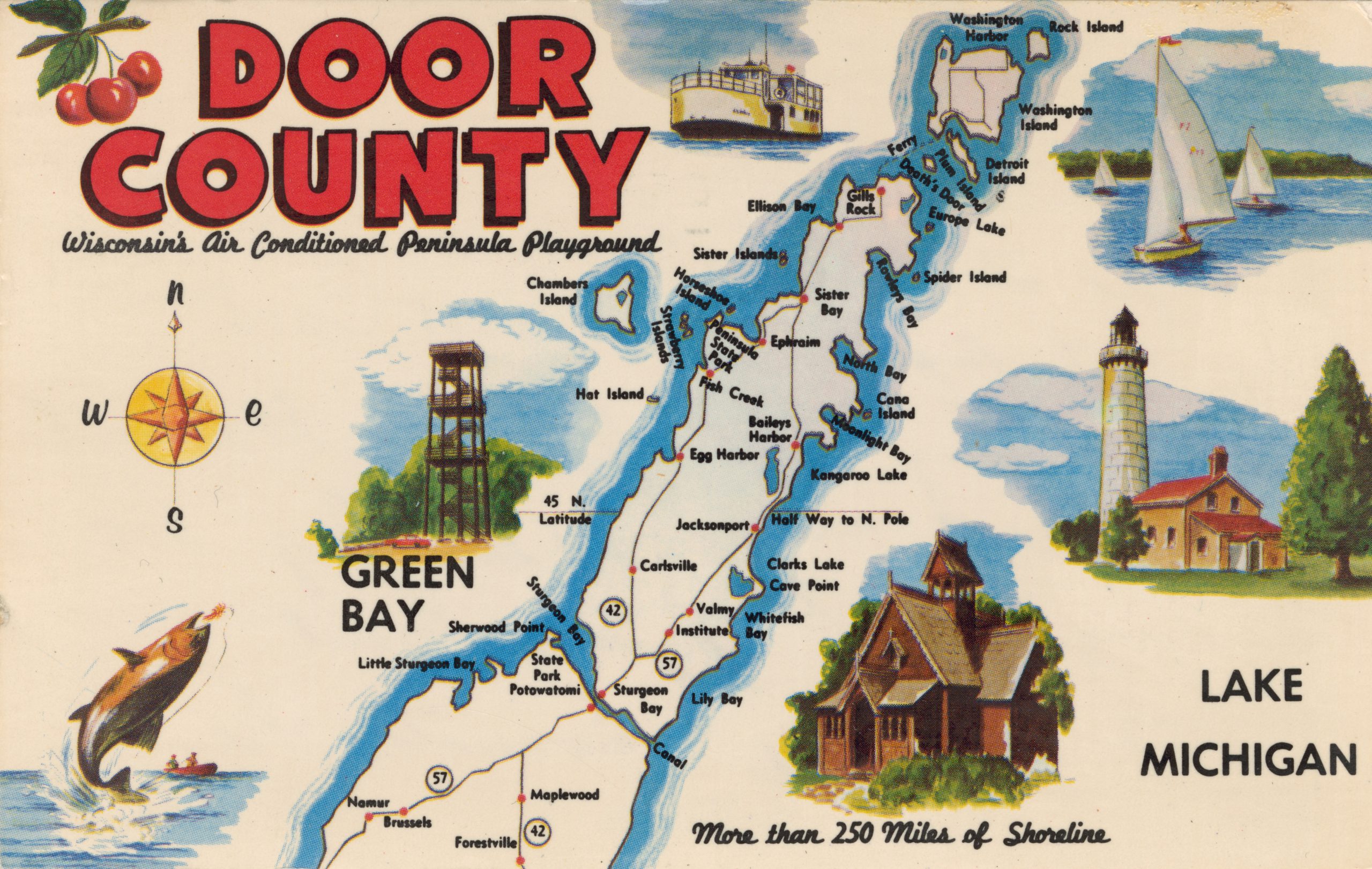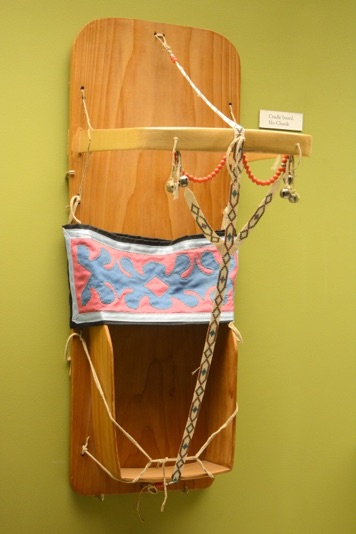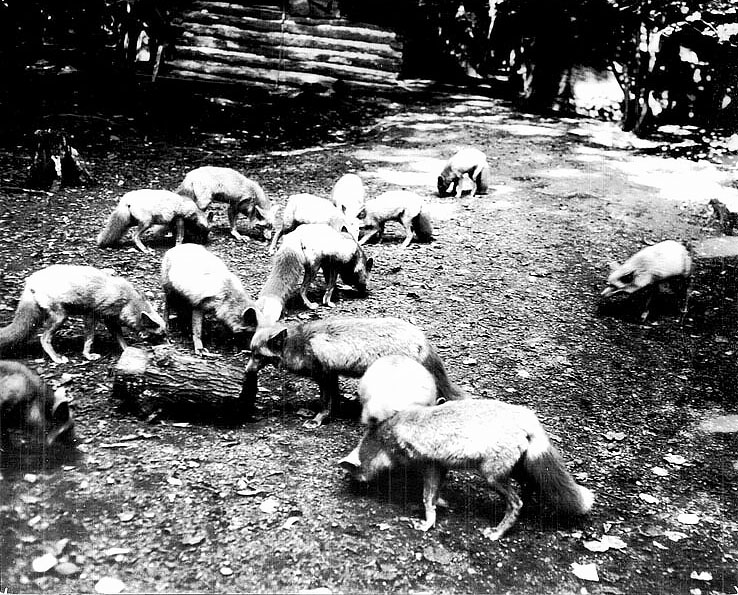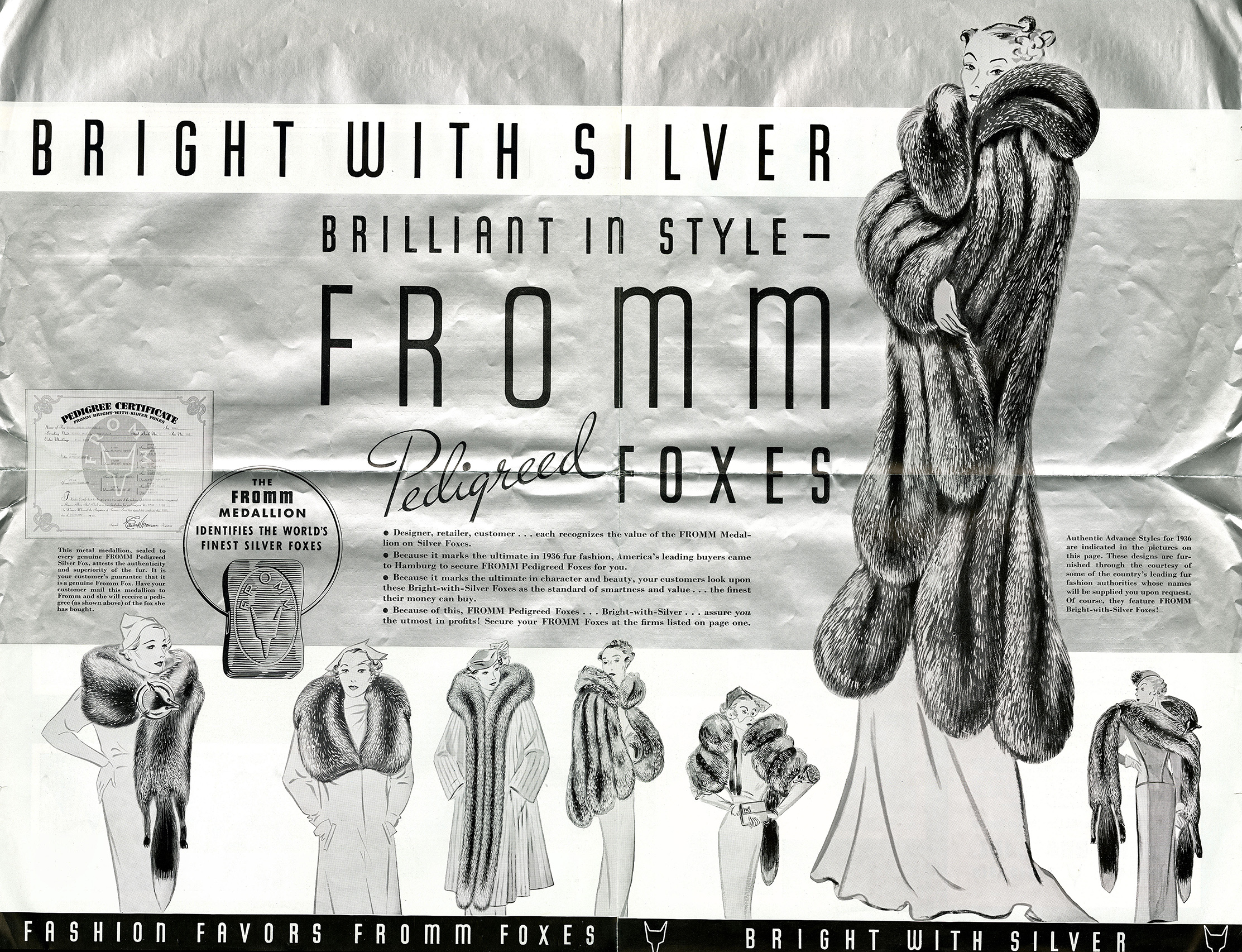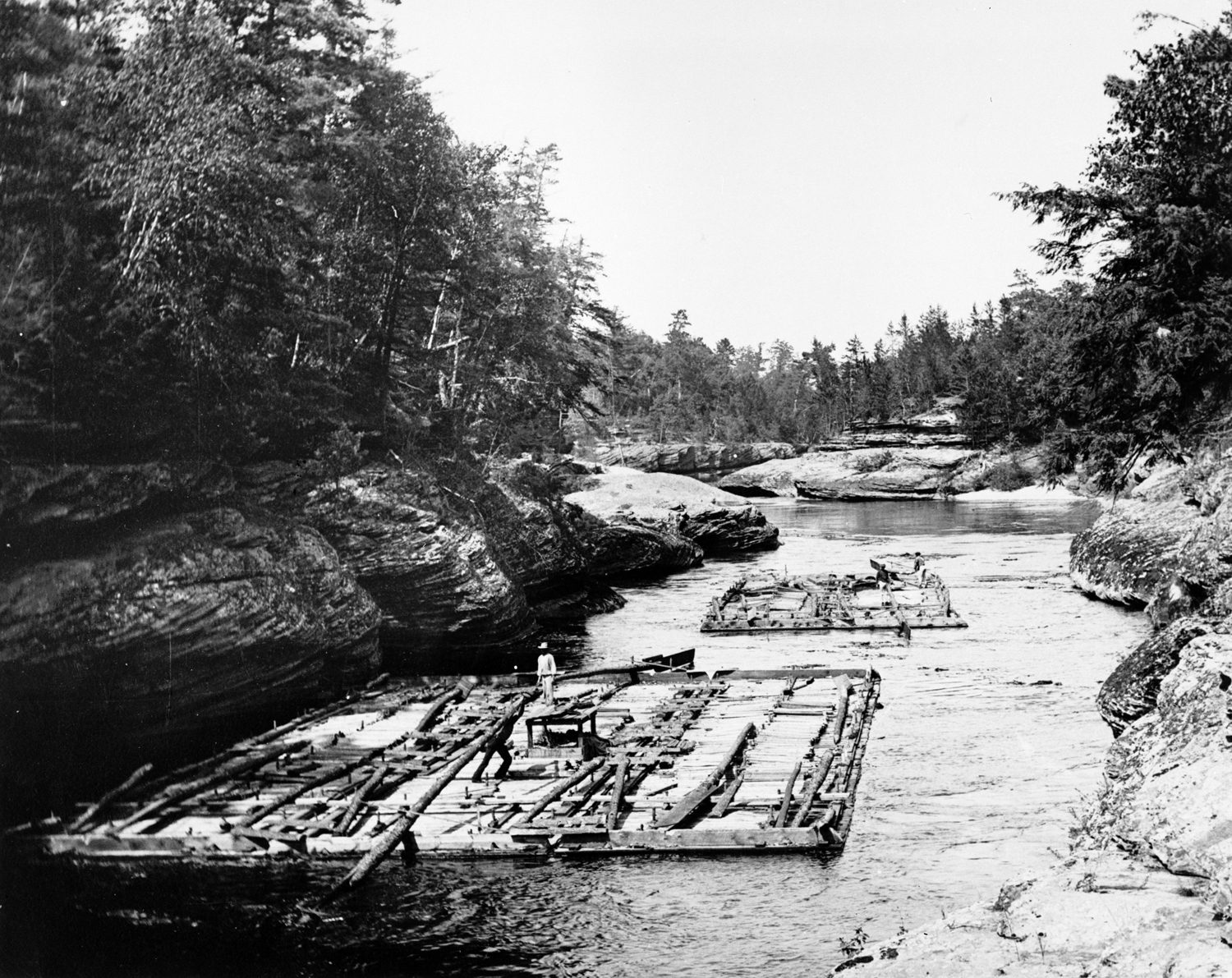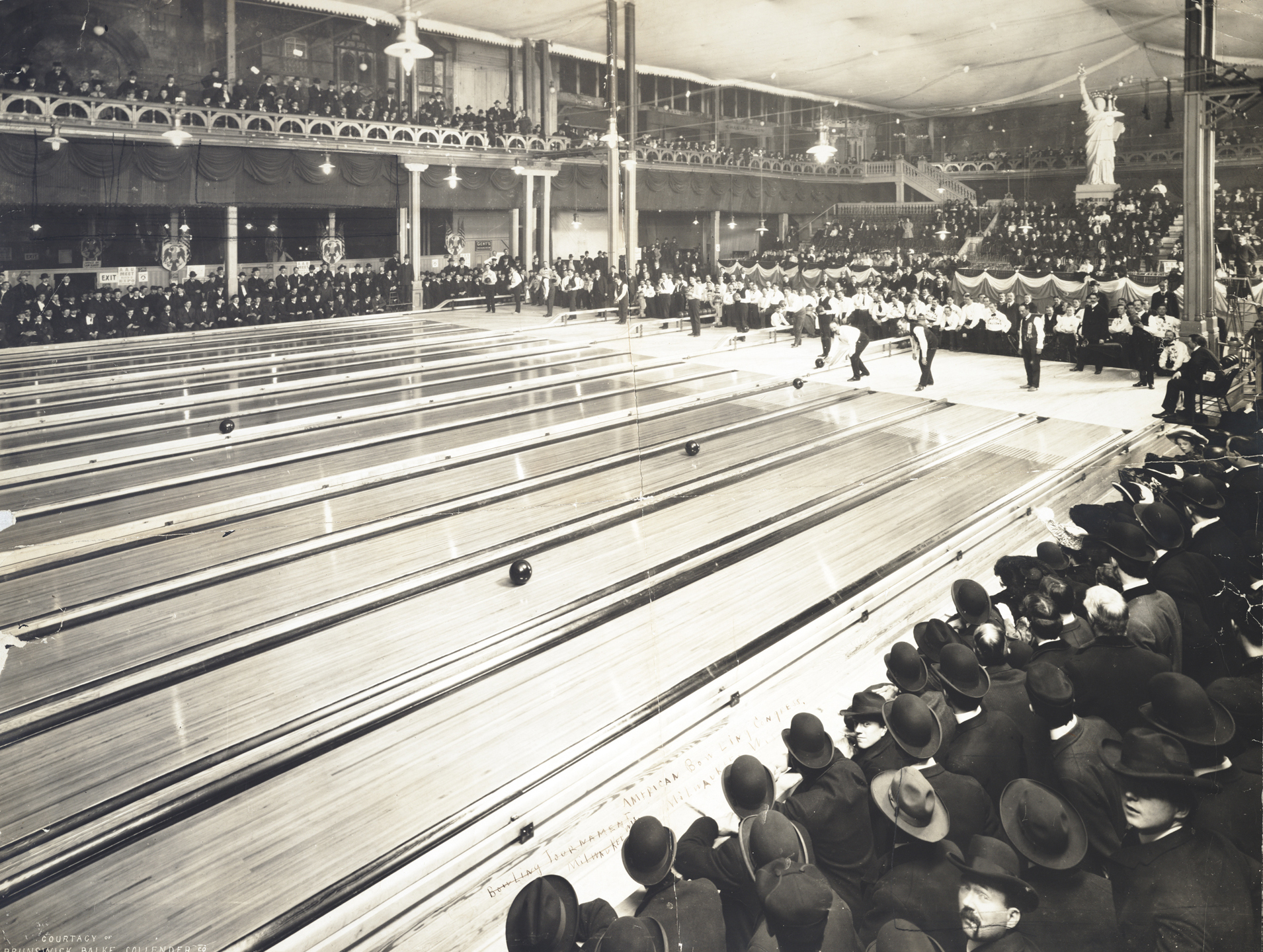Cherryland Tourism
The beginnings of Door County tourism preceded the cherry industry boom by several decades. The natural beauty and cool temperatures made the area an attractive destination for urbanites in search of a respite from the summer heat. As transportation improved, visitors from…
